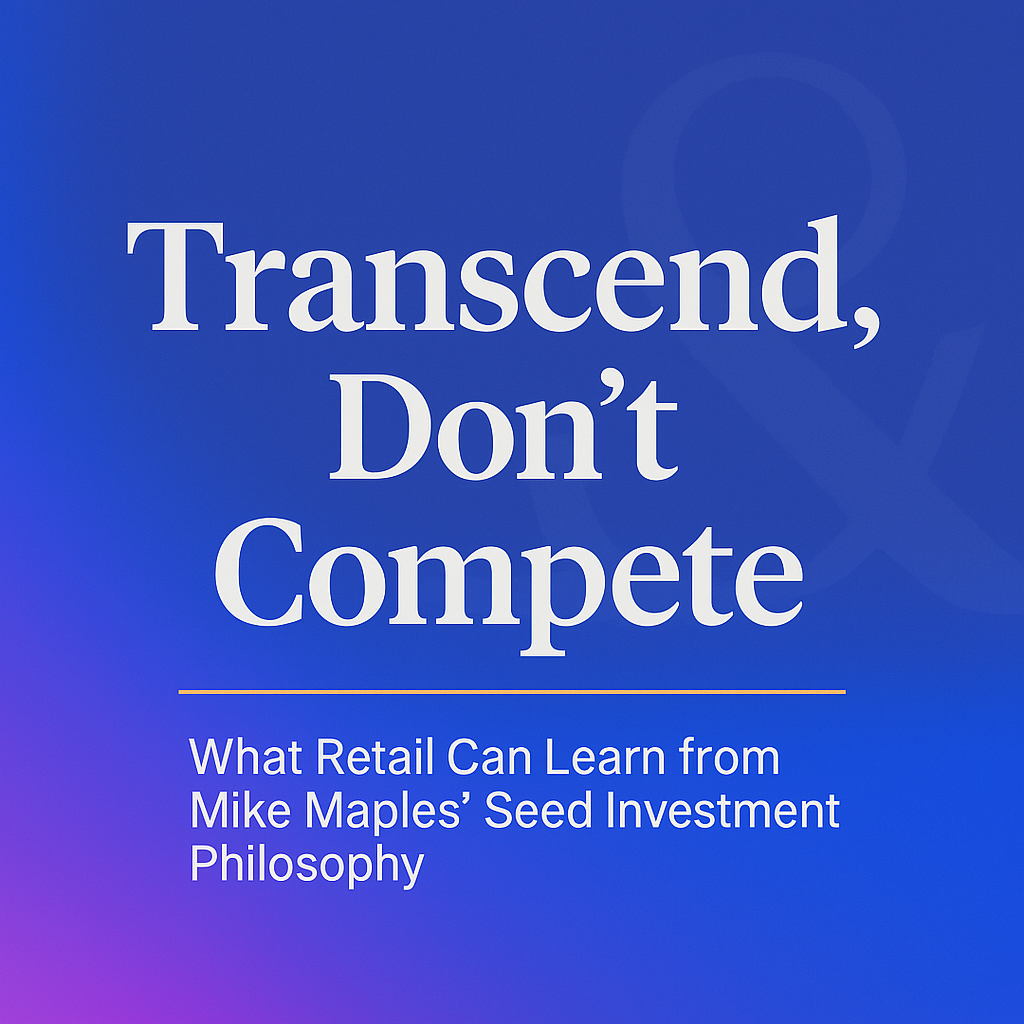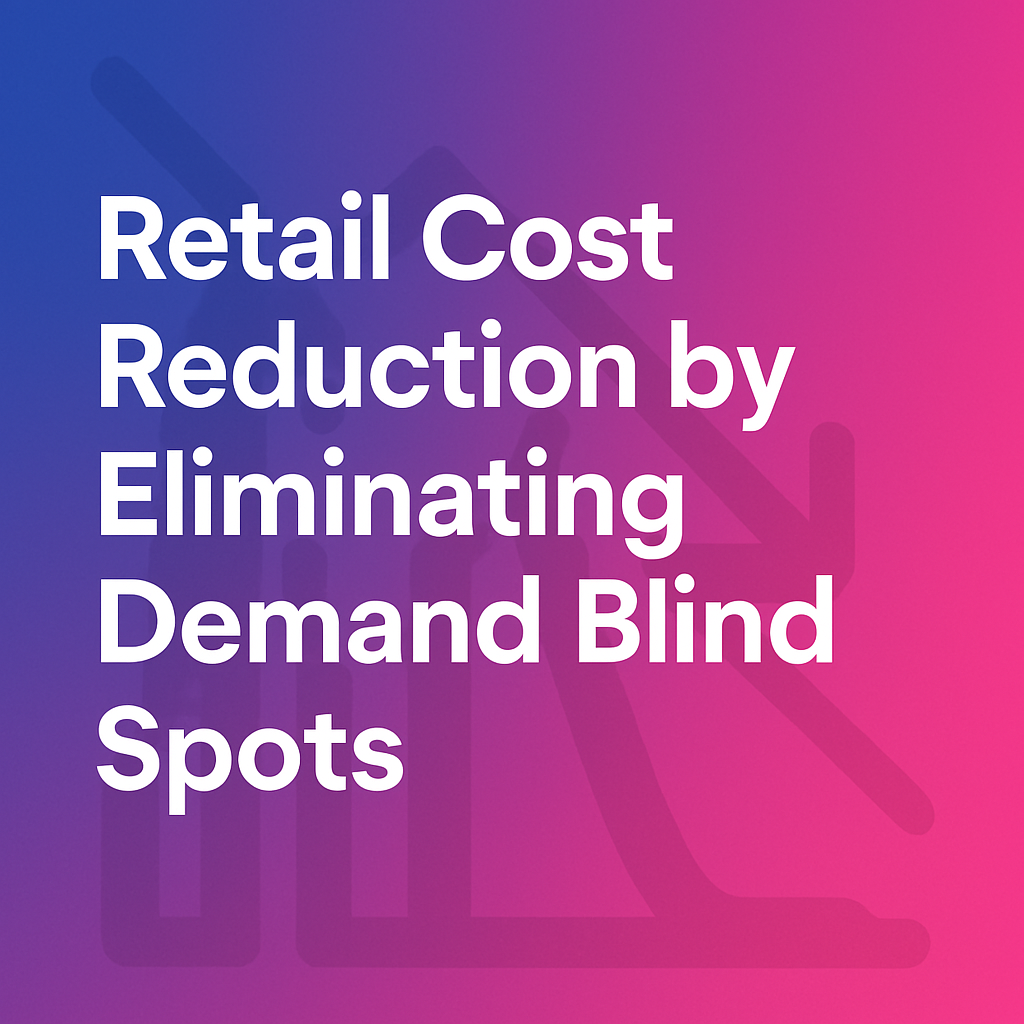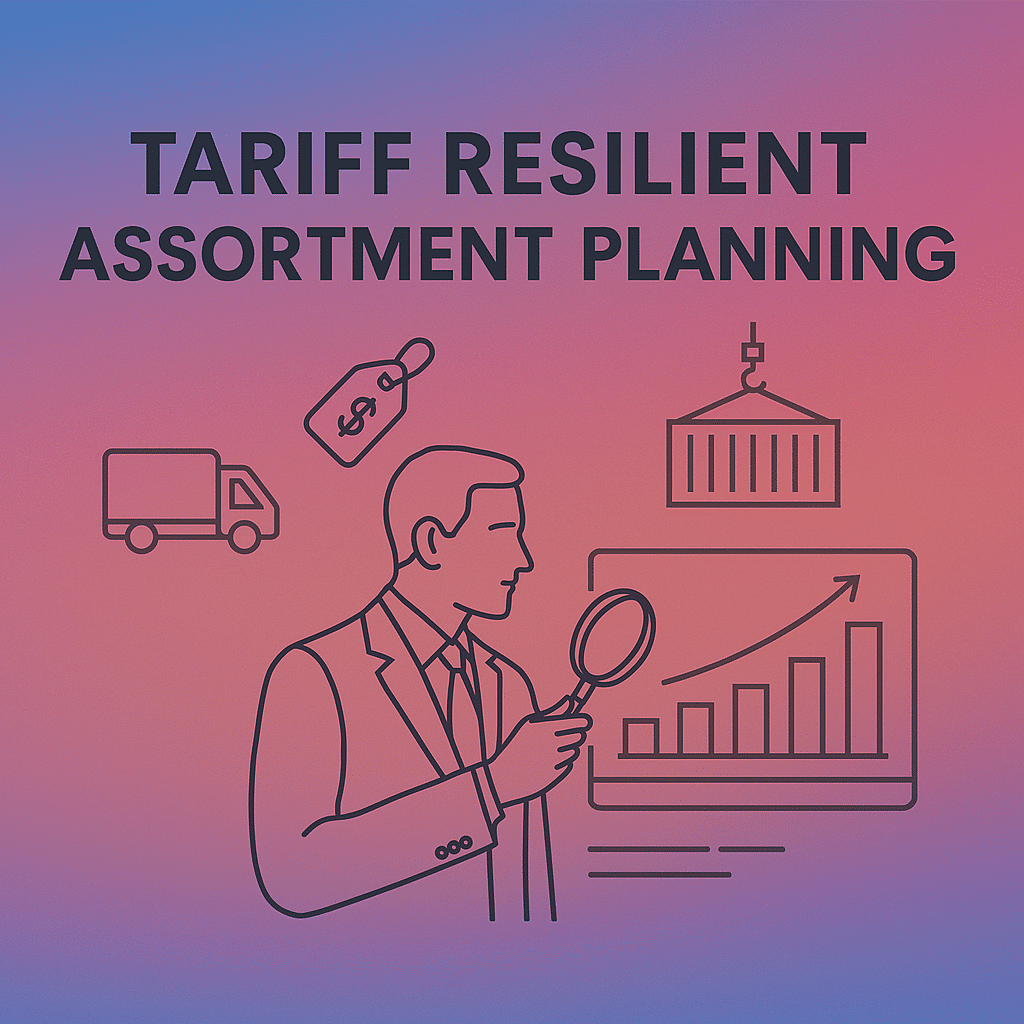A Fundamental Flaw In Fashion Markdown Management

The fashion business is lost by what it does not sell than what it sells. Markdowns are a result of overbuys, wrong buys, or mismatch in distribution. Markdowns are also the highest cost element in any fashion profit and loss statement. Fashion retailers spend over US$ 1 trillion annually in markdowns in in-season and end-of-season programs.
In this edit, we look at one of the fundamental flaws in fashion markdown management.
Fashion Markdown Management Is Complex
Markdown is an incentive for consumers to buy a product. The challenging questions are,
- What products to markdown?
- How much to markdown?
- When to markdown?
The behavior of a product is also different across channels, stores. This further increases the complexity of the decision. The situation is dynamic and hence dynamic fashion markdown management is critical.
In many cases, brands resort to the simplicity of decisions in discount slabs. This decision impacts the overall cost of markdown.
Advanced analytics, machine learning, and prediction capabilities come in handy.
Prevention Is Better Than Cure
One can not agree more with this. In our earlier article, we shared the similarity between a hedge fund manager and a fashion buyer in buying right.
No product is bad if bought in the right quantity
For buying to be reliably successful, an accurate estimate of True Demand (intrinsic value) is the indispensable starting point. Without that, any hope for consistent success in buying is just hope.
One of the biggest challenges in fashion buying is predicting the demand for new products. These are seasonal products with no past history. Existing machine learning methods to predict demand using attributes comes with a fundamental assumption. The attributes are good enough to explain fashion. Let us put this to the test.
Can you describe the color?
You may say “light pink” etc, there are tons of pink in the color spectrum. If we can not articulate color how can we articular any other attribute which is not a functional one.
It is not about advanced analytics or machine learning usage, but in a way that works for fashion. We invented a new way to predict the demand for new products replicating the human eye. We use both images and text to analyze consumer demand patterns to discover true demand. Our clients see industry-leading prediction accuracy lifts between 20-40% from their baselines.
One Of The Fundamental Flaws
In our work with various fashion brands and retailers, one of the parameters which is used in giving product discounts is the age of products.
There is a belief that older products need to be cleared with more discounts than fresher ones. It comes from the notion that fashion depreciates over time.
While it looks common sense, it is not necessarily so. The excess inventory is a function of over-buy with respect to True Demand.
There is a need to look at this problem from the first principles (with the consumer lens). We assess the importance of attributes the consumer appreciates. We see a good number of cases where old is not bad on many occassions.
Old is not bad on many occasions in fashion
The challenge is predicting this at the style-color level on a dynamic basis. In our engagement with clients, we have seen freshness does play a role but not as much as we think in terms of demand. This varies depending on the category.
Incorrect deployment of discounts without this insight can lead to gross margin erosion and revenue opportunity. While this is one of the fundamental flaws, there are a lot more opportunities in getting the right markdown decision. This is just one of the important parameters to consider.
In-Season And End-Of-Season Fashion Markdown Management
After planning the pre-season buy through true demand, we will be left with inventory to allocate through the in-season. It is important to manage the markdown through in-season and end of the season.
This calls for predicting over-buy and under-buy scenarios. While the under-buy calls for replacement or re-order, the over-buy prediction will help proactively manage markdowns. This should consider the demand prediction for the rest of the season, inventory on hand, and in the pipeline.
Stylumia’s APOLLO solution helps you predict pre-season, but also in-season demand. It provides decision support to predict over-buy through the season with possible actions like markdown or return to vendor for eg.
As you reach the end of the season, the fashion markdown management module kicks in. It optimizes the discount to be provided for the relevant sell-through rate considering the business constraints of inventory and profit. The markdown management algorithm considers the consumer decision tree for the brand/category/style and recommends appropriate markdowns. The model learns as the end of season demand comes in for further fine-tuning.
With our implementations, we have seen gross margin improvements of 20-30% through in-season and end-of-season markdown management.
In Conclusion,
A keen sense of fashion style makes a brand or retailer attractive. Adoption of advanced analytics and prediction and optimization systems makes the brand/retailer money.
If you would like to optimize your investments (inventory and markdowns) and get the maximum ROI, reach out to us for a free evaluation followed by a demo session by clicking the button below.



